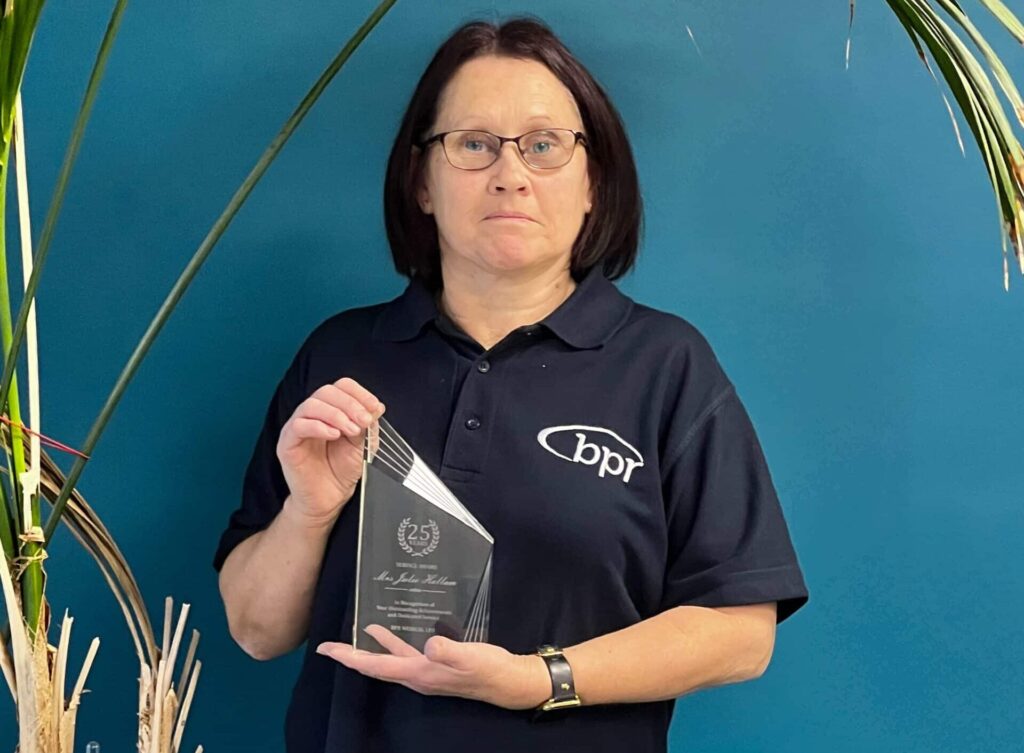
Silver Anniversary for BPR Medical’s Julie Hallam
Having recently received her award for 25 years of service with BPR Medical, we spoke with Julie Hallam...

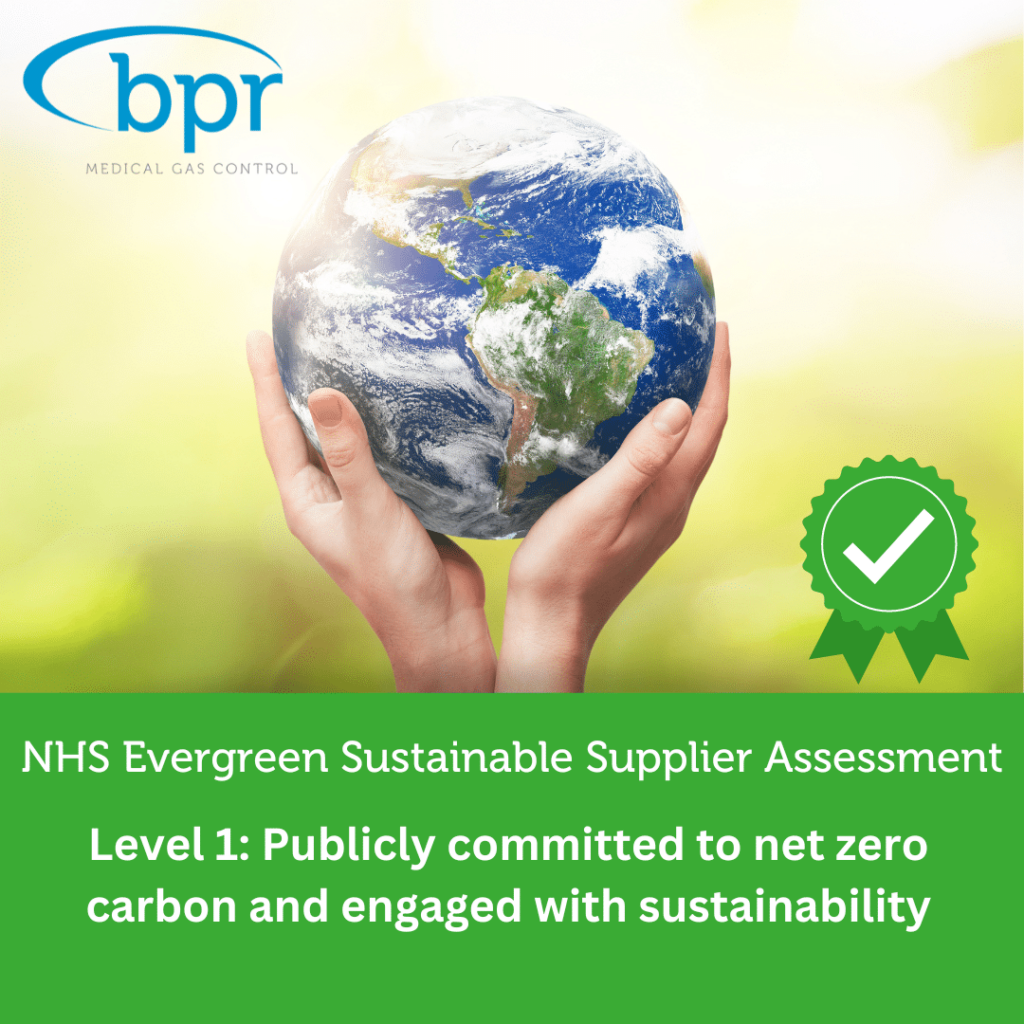
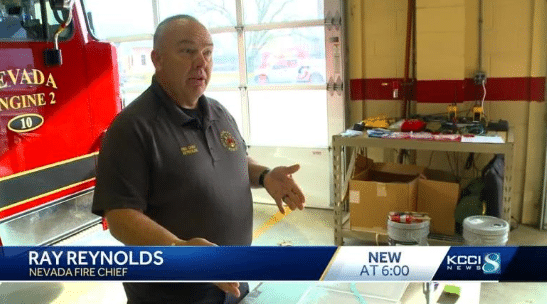

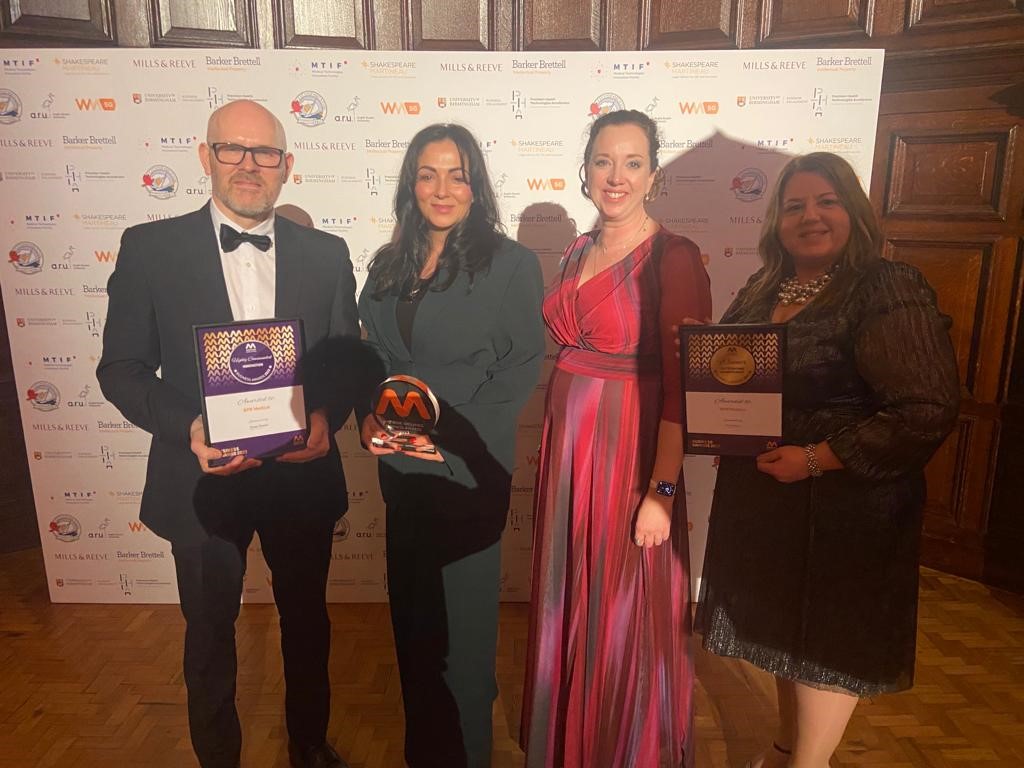
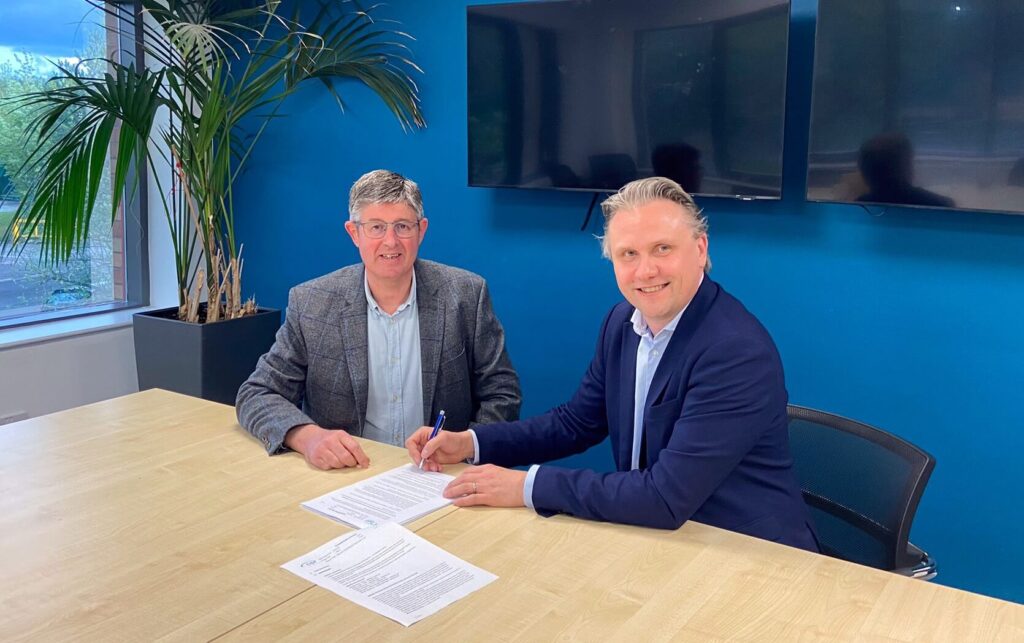
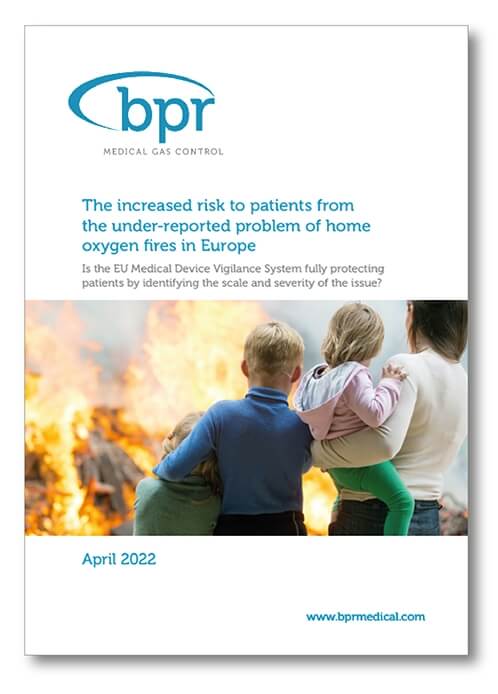
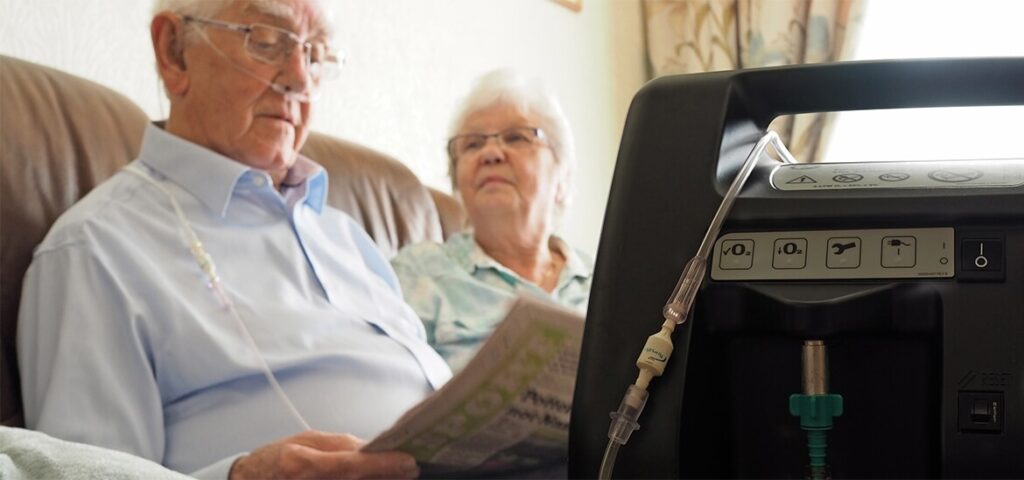
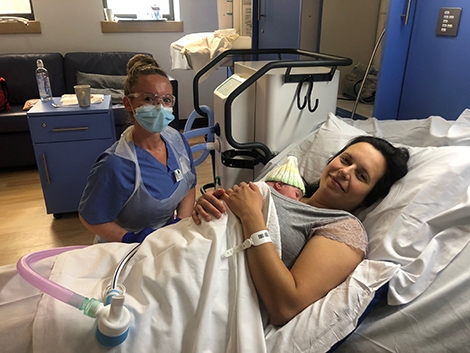
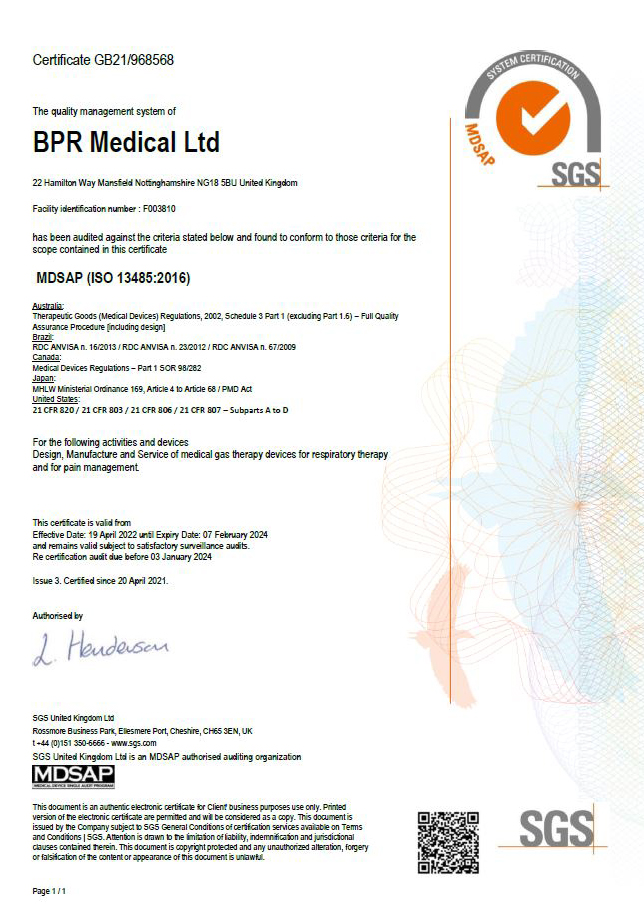
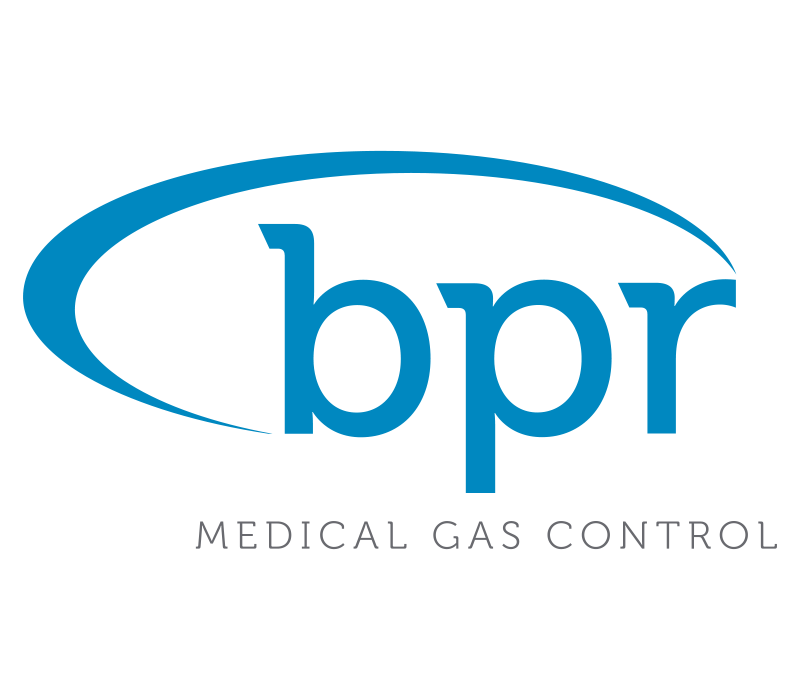

22 Hamilton Way,
Oakham Business Park,
Mansfield,
Nottinghamshire
NG18 5BU. UK
tel: +44 (0)1623 628 281
fax: +44 (0)1623 628 289
email: info@bprmedical.com
Speak to a member of our team to find out more information, request a quote and have your questions answered.